When I first started learning about, and seriously tasting, wine, my universe centered around European regions. This is actually very common for people living in New York City. Our proximity to Italy, France and Spain, as well as the exposure to the various Euro expats who grace our city with their presence, and most importantly, the historical significance of these countries in the wine making world, have all created a strong connection to many a wine loving New Yorker’s soul. But we are living through times where each person, liberal or conservative, needs to question if they have created an unfair hierarchy of what should be valued, and hence, respected.
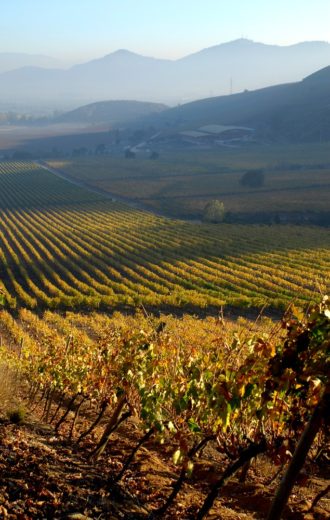
Chile
Over the past couple of years, Chile has been highlighted as a wine region producing high quality wines. American wine consumers, North America that is, have certainly been drinking Chilean wines for a while, but for the most part it was due to the remarkable value for money they offer, and not necessarily thinking of them for outstanding quality. A further misconception about this unique country is that it only produces over-ripe and fruit forward wines, but Chile has so much to offer when it comes to the multitude of topographic characteristics that produce delightful wines of many different styles.
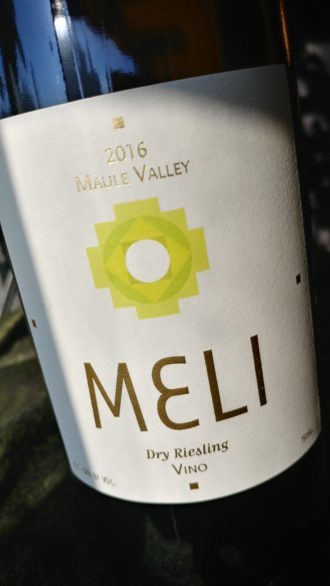
Chile is a geographically long, skinny country that stretches 2,670 miles from north to south and so it is one of the longest countries in the world. Although it has a Mediterranean climate in the center of the country, it still has extremes throughout its landscape, such as having one of the driest deserts in the north – Atacama Desert – and glaciers in the south. But even in the Central Valley region, there are variants within its warm climate. As more and more vineyards are being planted at high altitudes, or being re-discovered at incredible heights, Chile is coming out with restrained wines with incredible freshness as well as aromatic complexity. Also, the moderating factors of the Pacific Ocean, the Humboldt Current and the Andes Mountains create fascinating microclimates that can grow a range of international varieties such as Cabernet Sauvignon, Carignan or even Riesling… yes, I said Riesling. Chile is starting to give other top quality wine countries a run for their money.
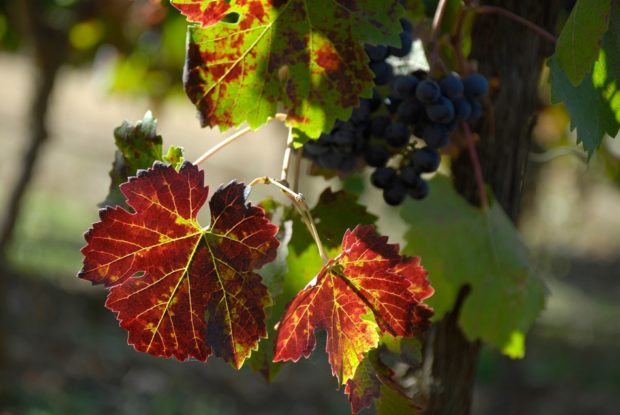
Getting Uncomfortable
There is no doubt that when it comes to examining the diversity that exists in our daily lives, it can get uncomfortable… even for the most open minded people. It can be scary to live in a world where so many things are challenged, where we can’t count on our life following a certain path just because we were born in a particular place with a certain social status. But if we don’t keep questioning our own choices and thoughts, then how can our society evolve past archaic stereotypes? The world is frustrated and the time has come for real change… and while that means that no one’s place is secure, it means that everyone is given an opportunity. The time has come when every wine region will need to up their game in the wine world.
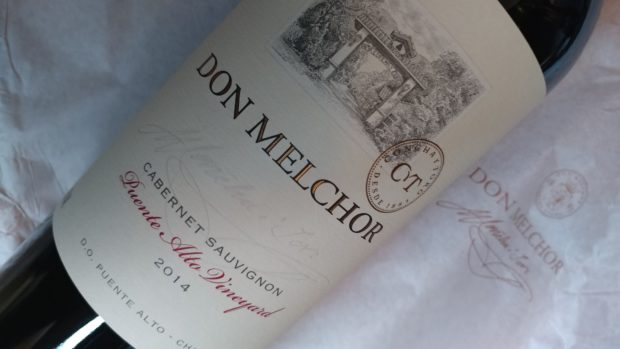
Cathrine’s Recommendations
Everyday Drinking Wine (less than $15)
Emiliana Natura, Rosé, Rapel DO, Chile ($10): 85% Syrah and 15% Cabernet Sauvignon. Sometimes you just need to bring summer to you! Environmentally and socially conscious Chilean wine producer Emiliana makes a series of great value wines, called Natura Wines, such as this Rosé made from organic grapes. This wine comes from the Rapel Valley DO in Chile, which has a sub-humid Mediterranean climate that is moderated by the nearby Cachapoal River. Juicy black raspberry flavors with lemon thyme and white pepper on the bright finish.
2016 Meli, Dry Riesling, Maule Valley DO, Chile ($12): 100% Riesling. Made from 70-year-old ungrafted dry-farmed vines that are 50 miles inland from the Pacific Ocean, this vineyard receives cool breezes in the late afternoon hours. Only wild yeasts were used during fermentation and the high acidity in this wine is natural. Intense flinty minerality, wet stones and white floral notes displays a complex beauty on the nose, and the lime sorbet flavors on the palate with mouthwatering acidity makes this wine completely addictive.
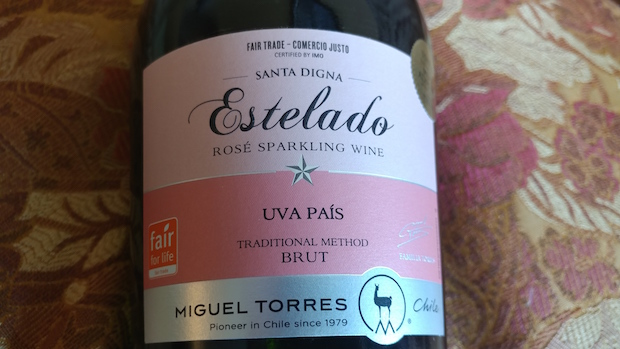
Special Occasion Wine (from $15 to $50)
NV Miguel Torres Santa Digna Estelado, Rosé Sparking, Maule Valley DO, Chile ($22): 100% País. This is just one of the examples of how the Torres family was able to pioneer quality winemaking in other countries, such as Chile. País is an old variety that was planted in Chile around the 16th century, believed to have come from Peru, and was not taken seriously until Torres started making this elegant, traditional sparking wine that has nice precision. Delicate bubbles with lively fruit of wild strawberries layered with toasted spice and a zing of Seville orange on the finish. A lovely sparkler for a modest price. Also, this wine is Fair Trade Certified.
2012 Vigno, Carignan, Maule Valley DO, Chile ($33): Majority Carignan from dry-farmed 60-year old vines with some Cabernet Sauvignon. From the first taste, this wine was a show stopper… deliciously decadent with rich blackberry jam, licorice and chocolate yet still rustically interesting with savage and forest-y hints that had a surprisingly mouthwatering finish.
Fantasy Wine (over $50)
2014 Concha y Toro, Don Melchor, Cabernet Sauvignon, Puente Alto DO in Maipo Valley, Chile ($95) One of the great iconic wines of Maipo, Chile. 92% Cabernet Sauvignon and 8% Cabernet Franc from their vineyard in the Puente Alto DO, 313 acres (127 hectares) in size, that is 2132 feet high in altitude (650 meters) and on some of the oldest terraces at the foot of the Andes Mountains. This wine is a great example of how the best of Chile can find the balance between power and finesse with ripe blackberry and plum flavors that still have an uplifting freshness with orange peel and floral notes. This 2014 displays high quality tannins that give some fleshy qualities on the palate, balanced with a bit of structure. Drinking well now after a couple hours of decanting, but my God will it just get better and better over the next 15 years because of the shear concentration and balance of this wine.












